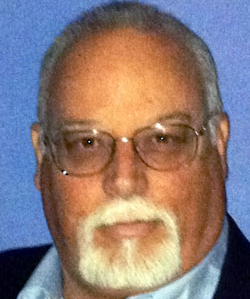
Art Holcomb
One of the biggest problems face is not knowing if their idea is movie-worthy. Not every story belongs on the screen. This article by Art Holcomb was originally published on this day in 2014.
“Most aspiring screenwriters simply don’t spend enough time choosing their concept. It’s by far the most common mistake I see in spec scripts. The writer has lost the race right from the gate. Months — sometimes years — are lost trying to elevate a film idea that by its nature probably had no hope of ever becoming a movie.”
— Screenwriter Terry Rossio (Shrek, Pirates of the Caribbean, The Mask of Zorro)
Finding the right concept to base your next work on may be the most vital part of the writing experience. The last thing you want to do is spend the next 3 – 12 months working hard on a screenplay based on a weak and ineffective idea. Regardless of whether you’re a beginner, an experienced writer, or someone on staff trying to break a story already under contract, many stories that you believe may be strong enough to go the distance may have flaws that will doom the entire work to failure, creating a weak – or worse – a derivative and blasé effort.
But it need not be the case! By taking some extra steps to better qualify the strength of your idea, you greatly increase the chances of making something great!
Here, in 4 steps, is a way to quality-check your story ideas quickly:
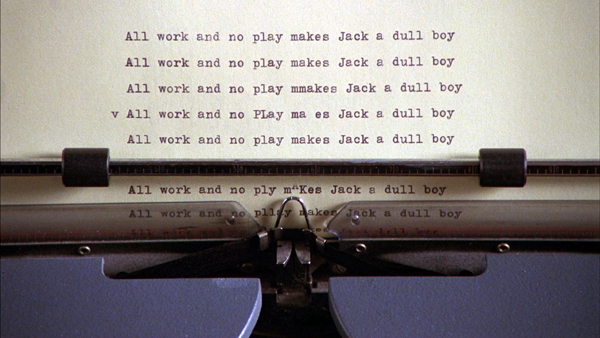
The Shining
1) Write something that can only come from you
Let’s face some truths here: One of the reasons why most screenplays and episodic television look the same is because most writers write stories that are similar to something that they’ve already heard or seen elsewhere. In our desire to write something marketable, many of us just end up subconsciously adapting and modifying something that we’ve seen before. And the old adage that Hollywood – or any studio really – wants something that is “different, but similar” gives you virtually no real guidance at all!
We often think that we’re doing something original, but the subconscious mind imposes itself and the brain backs away from risk and we end up back in the safe harbor of the familiar.
Clearly, the movies that we love, the artists that we respect, the writers and directors we anxiously wait for, are creating from a completely different, vibrantly personal space.
So, begin by searching for stories to which you have a real, personal connection: Is there something in your past that niggles at you? A concept that you been thinking about it for some time, and just can’t let go? All stories seek to answer some sort of questions so, do you have an unanswered question that you have been wrestling with? These are the stories that mean something to you at some level beneath the plot and characters. You have them because they thematically try to answer that question that you have struggled with.
For example, the death of one of my parents at age six has led me to write stories that explore loss, abandonment and redemption – all psychological reactions related directly to what I have been through. Instead of avoiding these topics altogether or treating their scripting as a form of therapy, I’ve embraced the power that they represent and, through them, have written some of my best works. In essence, I used the pain that helped form me as the power behind the work. And aside from these being topics that have powerful connections to my readers and viewers, they are personally compelling enough to maintain my own interest through the first draft, thereby increasing the odd that I will finish the work.
This is the kind of personal arc what can make a story truly yours, because it binds the story to you and by extension, to all people. Creating a story that is has an approach that is uniquely yours will help keep the passion alive for the script through the draft process. It also helps with the pitch because passion persuades! And when they ask why the story is special to you, you’ll be able to tell them with excitement and verve!
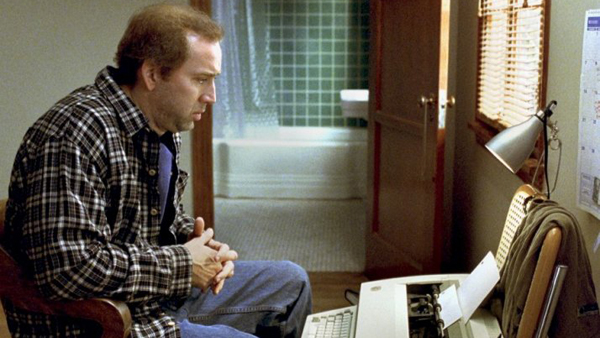
2) Mine all the possibilities within the idea
Any idea worth considering will have many possible paths to consider during the development stage. So, if there seems to a writer that there is only one path for a story, how can s/he be sure it is the strongest and best approach to develop?
So delve into the concept completely. Explore all the possibilities that the notion can offer.
- Can you go bigger on plot!?
- Go deeper into character and theme?
- Change protagonists. Flip the antagonist. Test and challenge every characters you create – do they offer the best viewpoints for this story?
- Have you chosen the best setting, time period and motifs?
- Go wild. Nothing is out of bounds.
Recently, I’ve challenged my private students to create an extended pitch or treatment for their script during the pre-write stage and have them ask their first readers who is the most interesting character in the tale. If they do not respond “The Protagonist”, it may mean that the writer has the wrong lead character. This is certainly something every writer wants to know as soon as possible!
Once you have a wide range of approaches for the basic concept, do everything you can to divine which one is best for you. You may be surprised how different this new approach is from your original take.
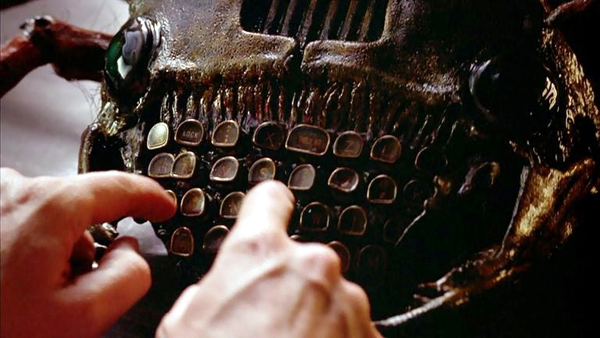
3) Ascertain the Story Challenges and Difficulties
No story is perfect. Sometimes our enthusiasm for a given idea makes it seem ideal, when it is merely exciting to you in the moment. Many stories are started this way, but are then rejected, or abandoned later on (often deep in the processes of Act II) when the excitement had gone away and the real work of writing has begun. Remember, like any relationship – which is what you really have with your work – at some point you need to take a cold hard look at the story and consider any potential problems and challenge along the way. And only the best story possible can give you all the possibilities needed to actually get the thing written.
Andrew Stanton of Disney/Pixar (Toy Story, Wall-E, Finding Nemo) explains in his recent TED Talk that months are spent examining a character for a new film, exploring the aspects of character’s goals, obstacles and stakes to make sure they are telling the most powerful and compelling story possible. Anything else can produce a weaken version of the story that falls apart in Act II.
So, ask yourself:
- What kind of problems am I going to have based on the choices I’ve made?
- Does the plot I’ve chosen allow for enough variables to carry both the subplots and the needed character development?
- Do I have characters that are deep enough and complex enough to allow of authentic responses to any situation I put them in?
- Do I have a well-fleshed out world, or merely a scenario with limited application?
Keep in mind – the point of all your efforts from now on is to finish. Knowing what you’re in for as far as possible gives you the best chance of creating something great! Going into the project with all the necessary information always pays off in the end.
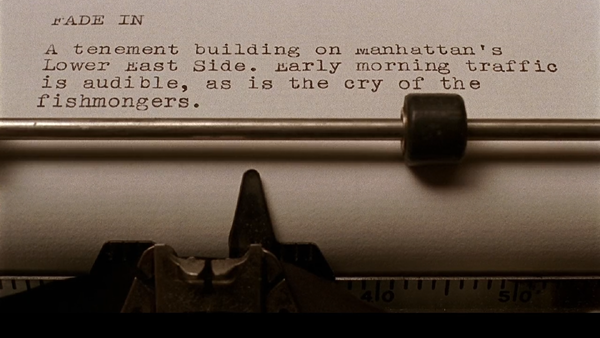
Barton Fink
4) Gauge the Audience Appeal
Eventually, you are going to have to put your idea to the test. In other words: You may like the idea, but will the paying public?
Talk to a couple of confidential friends you feel comfortable with and pitch them the concept.
- Does this story have box office appeal?
- Do they connect with the characters – particularly the protagonist?
- Would they pay to see their continuing adventures?
In the end, what you think is most important, but a little market research never hurt any project.

